

WELL BEING

The Importance of Wellness in the Legal Profession
“Wellness advocacy begins with being an advocate for yourself first!”
Nigel Allsop
HOW DO WE TAME OUR MINDS
“The stresses of modern life has become increasingly pervasive!”
Julian Stollmeyer
FOOD vs HEALTH
“Agriculture is the path to achieving health and
Riyadh Mohammedya
T H E F I R S T
I S S U E I S
C O M P L E N T A R Y
The spotlight is on protecting, maintaining and celebrating the essential ingredients for living well. Salus Well Being Magazine takes into consideration everyone through all stages of the life cycle and cultures. We aim to help you look at your wellbeing in a new light to become a well being.
Life is not just about surviving, it is experiences and a series of choices about who you want to be, how you want to feel and the way you want to live. Join us on this life long and wide long learning journey of discoveries, deconstructing and reconstructing towards a consistent wellbeing and well being!. https://bit.ly/43PtqGB
Salus | 101

By Nicole Allsop
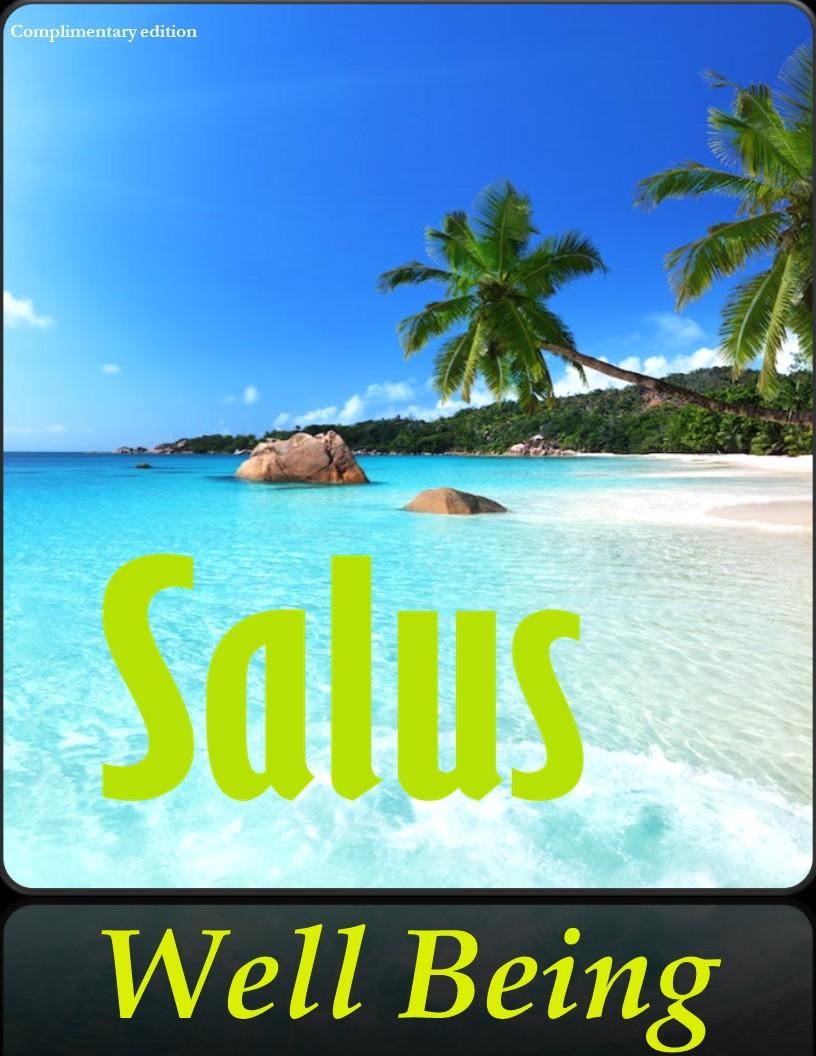
Photography Unsplash


Editor’s Note MAGAZINE
JOURNAL

Wewillneverstopproviding thebestcontentrelatedto wellnessina magazine.Itis mycommitmentandthatof theentireSalusMagazine teamtoalwaysprovidethe latestandmostsubstantive contentonthelocaland internationalhealthfield becausewebelieveour readersdeservethebest.

Nicole Allsop Editor-inChief
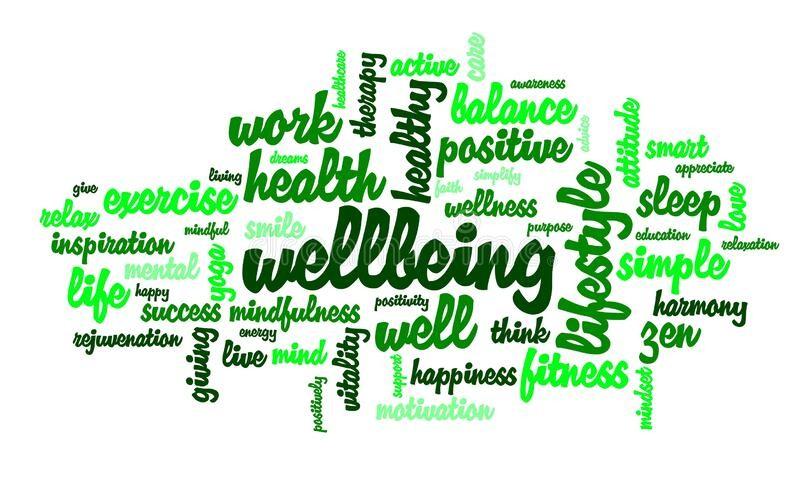
There is strength in balance, thus our articles engage you throughout in helping to achieve this. The holistic nature of our concept emphasises the importance of variety and balance, managing each aspect of yourself the best you can and with help accordingly. Certain areas of life impacts on others and moreso, if there are areas neglected. Therefore, to guide you, our articles are all interconnected, yet showcasing separate disciplines providing practical, but well-researched knowledge and experience. Your wellbeing is important to us, and we wish for you to be a well being. Happy reading!

shreyas-sane-unsplash
Section 1


Section 2

by
Photo by Nicole Allsop; Argyle Falls, Tobago
Photo
Adeolu Eletu
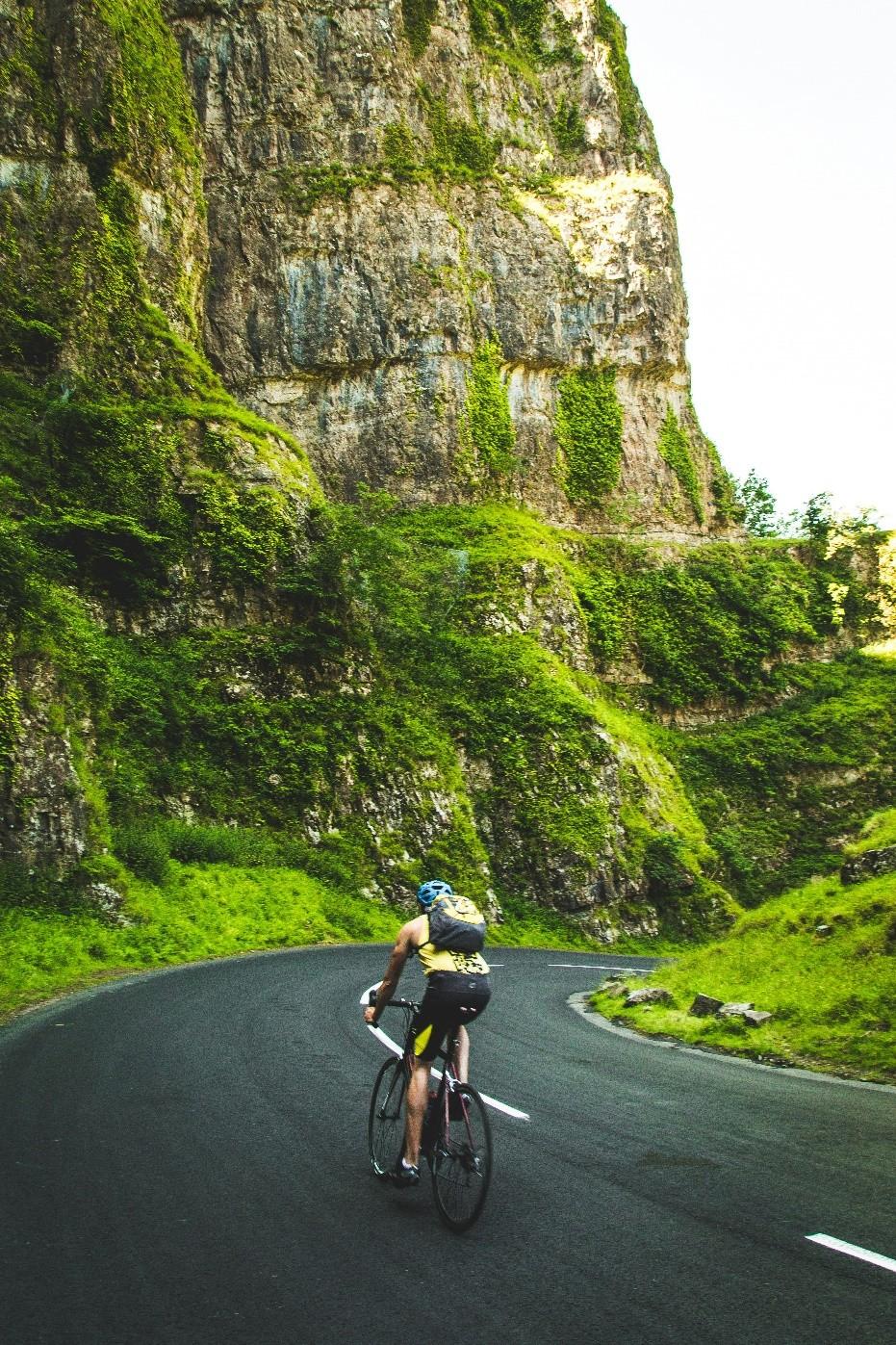
Well Being


Wellness Retreats
Do you seek Nature immersion, therapeutic interactions, healing retreats, sleep improvements, the use of plant-derived material to treat a variety of disorders or are you Sober Curious?

Physical Wellness & Mindfulness
Do you crave a digital Detox, Solo travel with more time getting to know yourself, hiking, workcation or networking with wellness in mind, routine life escapes? Are you getting married/ celebrating your anniversary and want a wellness experience?
Wellness and Health Travel; Retreats or Vacations

Culinary Indulgence
Do you want a healthier, active vacation with local cuisine, delicacies, desserts, herbs, spices with your health in mind? What bout mindful eating with farm-to-table?
Wellness tourism experiences that focuses on relaxation, rejuvenation, health restoration and transformation, fitness, exercise, movement and well-being. Experiences that focus on meeting new people, building new relationships or even on strengthening bonds with loved ones.
Paul Green ‘Unsplash’
Alex Bertha ‘Unsplash’
Toa Heftiba ‘Unsplash’



T H E U L T I M A T E
WELLNESS ESCAPES
B y Rowena Daniels
Inspirational Travel Plus
“Travel and explore the vast world you live in. It puts you in a positive mindset.” RYD
Welcome to this session of travel, health and wellness. It is written to empower you with knowledge on making the decisions for your well-being.
In each issue of Salus Well Being Magazine we will explore different destinations that offer experiences focusing on wellness.
Life can often become overwhelming with the everyday mundane routine and problems that we encounter. It is essential to take a break from it all and rejuvenate ourselves. Whether you choose a scenic getaway, an adventurous trip, a special occasion, celebration, a historical exploration, a foodie experience, or simply a relaxing retreat, the key is to prioritise your health and well-being.
Scenic getaways allow us to connect with nature and enjoy the beauty that surrounds us. Adventure trips can provide an adrenaline rush and create unforgettable memories.
Special occasions give us a reason to celebrate and cherish moments with our loved ones. Historical explorations help us learn about the past and appreciate the rich heritage of our world. Foodie experiences tantalise our taste buds and introduce us to new culinary delights. Relaxing retreats offer the perfect opportunity to unwind and de-stress.
The first gem of a Caribbean Island is a destination known as ‘One Happy Island’, because of its natural beauty, wonderful weather, stunning white sand beaches and friendly locals. It is located off the coast of South America, north of Venezuela and Colombia, next to the island of Curaçao. Can you guess the island?
Aruba
‘One Happy Island’
By RowenaDaniels;InspirationalTravelPlus

Aruba has exhilarating experiences that can be explored including water wellness through paddle boarding or snorkelling, exercises on the beach, in the ocean or in the pool, hiking in the parks, nature reserves, special caves and freshwater springs. Aruba’s natural beauty goes hand in hand with relaxation. Sightseeing in Aruba is considered a therapeutic activity. The surroundings and scenery contributes to a sense of tranquility and wellbeing, allowing you to disconnect from the stress of everyday life and, reconnect with nature. Indulging in a massage is an escape for your body and mind. Some of these include the hot stone, facial and deep tissue massage. Believe me… this is heaven! Our menfolk have not been forgotten, as apart from the massages and spas, there is the ‘Gentlemen’s Touch’ which is designed for men. This treatment tackles your unique skincare needs.
Aruba is becoming a destination not just for weddings and honeymoons, but wellness vacations and getaways. It boasts of being the kind of place that caters for all your wellness needs offering a secluded tropical escape from all worries. The calm, mangrove-lined waters of Mangel Halto to the gently lapping waves of Baby Beach awaits you. Indulging in the many spa options and menus that lingers even when your trip is over. Aruba's amazing experiences helps improve mental and physical health not just while on vacation, but long after you\ have returned home. Ask anyone who has ever been to Aruba, and we are sure they will agree that the unique experiences will improve your well-being.


Inspirational Travel Plus
Rowena Daniels

Whatever type of break you choose, remember to listen to your body and mind. Taking care of your health and wellbeing should be a top priority. So, go ahead and let us plan that well-earned break to recharge and rejuvenate. You deserve it!
At Inspirational travel Plus we are offering wellness retreats, get aways and vacation packages designed for families, couples connect in marriage, wedding packages and honeymoons. How amazing it is to be able to create experiences to bond and grow together.
Life rob us of precious moments with each other and at times we need to make it intentional. There will always be something to get done, but moments with each other are even more precious. Childhood is the least phase in life and making memories with our children during this stage is short. Adult life is the longest, yet riddled with so much responsibilities that wear us out fast. In both cases, the years go by never to return, thus, we must truly cherish.
With activities that allow us to create exciting life stories contribute to everyone’s happiness and make living more meaningful. Specialising in igniting and creating opportunities for passion, joy and healthy relationships , we also encourage healthy marriages and have designed packages for this.

We provide our unique touch of outstanding personal service combined with travel expertise every step of the way. Take a romantic River Cruise in Europe, soak up the sun in the Caribbean, or explore the vibrant cultures of East/Southeast Asia with our expert team by your side. In our “Couples Connect” in marriage packages, we will also offer learning techniques that contribute to marriage health, longevity and wellbeing! Click on the following link to see our crafted packages.
https://www.inspirationaltravelplus.com/upcoming-tripsand-deals

RAM“Love and work (meaningful work) … work and love, that's all there is…love and work are the cornerstones of our humanness” Sigmund Freud. I would add health and wellness to this. It is never too late (or too early) to start putting a little more effort into your marriage. Building relationship skills, communicating effectively, engaging in activities that enhance your connection. These are ways to make sure you keep the spark alive and the relationship healthy without seeing a professional. Engaging in a shared hobby together for example bike riding, exercising, playing a beloved game or sport such as Squash, Table tennis, swimming or playing music together. Exploring places and spaces together contributes to your marriage health. Wellness escapes adds meaning to life together for the both of you and even with children. Forideas contact us!
Photo by Ben Rosett ‘Unsplash’


BE
MARRIED
Regardless of the activity, the only things that matter are that the activity
Is something you can do together.
Is something you can do regularly.
Is enjoyable (or at least not unpleasant) for both partners.
Is something that allows you to communicate in a healthy and productive way.
The quality of our most intimate relationships is important for health and wellbeing. The health of a husband or wife is strongly associated with his or her spouse’s health. Shared activities create memories, stories, and experiences, especially when they are done intentionally. Create rituals that work best for both of you and that can be committed to, as each ritual provides opportunities for expressing love, care, and value. It is better to postpone or reschedule than it is to skip yourritual altogether. Inconsistency breaks the power of a ritual, but flexibility is necessary to make consistency a reality. Make sure to both agree on resetting a ritual. Married couples’needs change over time. Take the time to intentionally address your relationship and make space to invest in the commitment you share.
Photo by Lanty Buf ‘Unsplash’
N.J.ALLSOP & Company
The Importance of Wellness in the Legal Profession


Nigel Allsop Attorney at Law
With a desire to be of service to others, many professionals find themselves in a quandary that affect their health and wellness. Although each situation is unique and the stressors that seriously impact some individuals may have less impact on others, professions especially in demanding ones like law experience extreme burnout.
When ones’ value is primarily based on time, it can be difficult to engage in well-being activities outside of work. In such high-performing fields, the hours are notoriously long, there are tight deadlines, pressing clients demands, business development pressure and career advancement pressures, to name a few. When prolonged,
burnout results. and is least unattended to. Its struggles may be construed as weakness or incompetence.
Though the recipe for success tends to be endlessly capable and able to handle intense amounts of pressure, in the long run it negatively affects our health and can trickle down to those around us. Thus, it is of paramount importance that we keep our wellness in check. It is alright to reach out to a colleague and express the need for a time out. It is perfectly fine to seek professional help and it is entirely justified to take advantage of wellness retreats or travel packages that focus on mind, body and soul rejuvenation and restoration.
W E L L N E S S

Photo by Clint Mckoy
“Wellness advocacy begins with being an advocate for yourself first!” Nigel Allsop
One can easily drift across lanes if not paying close attention. There can be increased mental distance, feelings of negativity or cynicism showing itself in the inability to embrace complexity, anger,impatienceandirritability.Feelings of helplessness or hopelessness, diminishedcreativity,asenseofnotdoing enough can be a result of reduced professional efficacy. Physical symptoms mayincludeexhaustion,energydepletion, headaches, gastrointestinal problems, backpain,isolationandlossofinterestin things that was once enjoyed. Experiencing these are your signals to pause,toinitiaterestorationforself.
Though a systemic and cultural issue, a professional’s self-care can feel like a fantasy and serious attempts at addressing burnout requires juggling, rearranging priorities, adjustments in organisational culture and shift in expectations and mindsets. Robert Hurley and James Ryman states, “there is what is called the phenomenon of "burn-out", or syndrome of professional exhaustion followingexposuretoprolongedstress.”
To assist all professionals in this, ample appreciation and respect from all, including clients will assist in mitigating burn out.. and of course; gratitude in everything.
Let us all have good overall health, maintain positive relationships as we conduct our meaningful work with sense ofachievementinallaspects.
D V O C A C Y


… at times!

Corporate Wellness
"Theimperfectprojectyouactuallycompleteisworthmorethanthe perfectprojectyouneverfinish.“Itwasn’tperfect…butit’s done!!!…”
JasonJulian,GroupDeputyCEO,BusinessGeneration, FirstCitizens
By Nicole Allsop
“Life… like running… sometimes requires you to adjust your game plan… as conditions change, and your envisioned plan goes out the door… it’s important to pivot quickly and focus on what is needed to finish and finish strong…, continues Julian. This must be pondered upon as it resonates in every aspect of life. Welcome imperfection and learn to smile at it. Embrace imperfection in education, work, and relationships to flourish and learn from it. It's a marker of humanity, allowing progress and motivation.
Failure often signifies trying new things, taking risks, and facing challenges. These experiences help us evolve, develop more maturity, and become stronger. Adapting to difficulties promotes self-confidence, and accepting challenges has more longterm effects on self-esteem than winning or losing.
Real life is full of failures and successes, but they can be opportunities for growth and improvement through a balance of effort and acceptance. To live happily, one must accept living imperfectly, not resigned or complacent. Freeing oneself from perfectionism opens the door to a happier life.
Photo by Andre Neel
Confidence in oneself allows for the belief that facing setbacks and failure will give strength. However, failure is not always pleasant or easy, and avoiding it compromises success and long-term wellbeing.
To succeed, one must have a genuine desire to learn from others and failure, regardless ofprofession. Enjoythejourney while remaining focused on the destination, even in difficult circumstances.
Life is fluid, changing, and dynamic, and painful emotions are a natural part of it. Accepting failure as part of life and understanding that life is made up of ups and downs is crucial. Despite facing reality,neverlosehope.
Instead of seeking to repress or escape certain thoughts, it would be more useful, according to Psychologist Daniel Wegner, to fight against anxiety and depression, to “accept and express unwanted thoughts,” respectfully and calmly. Actively repressing a thought can revive and restore itsvigor.
True acceptance of emotions, even negative ones, is essential. This involves admitting that they bother us and not necessarily feeling better if we accept that fact. Matthieu Ricard, a French Buddhist monk,states that if we look at our anger,it melts like snow in the sun. Accepting ourselves as we are makes us capable of changingandbecomingresilient.
Psychologist Carl Rogers believes that accepting ourselves and our emotions with sensitivity helps us become more open to change, both mentally and emotionally. By accepting ourselves and our emotions, we become better positionedtobeopentochange.
Accepting reality, both good and bad, is crucial for creating and spreading richness around us. By working with it, we can create a conduit for wisdom and goodness. We are born with the ability to heal ourselves, and we must allow the healerwithinustodoitswork.Accepting emotions involves contemplating them withafriendlyeye,consideringthemasa naturalpartofus.
It is important to distinguish between accepting negative feelings and dwelling on them, as accepting implies coexisting peacefully with them, while dwelling involves obsessively thinking about them.
When possible, channel emotions and provide them with a "pipe" to flow. Confide in a friend or confidant, write down the anger, concerns, fears, or jealousy, join a support group, and sometimes, shed tears of sadness or joy aloneorinthepresenceofalovedone.
Noonecanhavea"perfect"affectivelife, but by rejecting negative emotions when theyarise,weincreaseoursuffering.
To achieve optimal functioning and live as well as possible, one must give permission and space to experience and express the full range of human feelings. Accepting emotionsdoesnotmeantheyshouldbethe lastword.
Acknowledging and experiencing feelings can lead to clearer minds and freeing ourselves from negative thoughts. By living and fully accepting negative feelings,wecanovercometheirinfluence.
Accepting our feelings and acting with nobility is crucial. Value your lives globally, including your successes and failures, as they offer opportunities for self-improvement. This leads to new successes, positive events, and constructiveexperiences.
Appreciating the good aspects of life increases enjoyment, while disregarding them can lead to depreciation. Therefore, it's essential to value and appreciate all experiences.
Gratitude leads to increased well-being, positive emotions, increased happiness, determination, energy, optimism, generosity, and willingness to help others. Those who express gratitude experience better sleep, exercise, and fewer disease symptoms. By becoming a habit of gratitude, we become more aware of good things in our lives and are more likely to appreciate them. Being attentive to oneself and savoring the positive (and negative) aspects of life can result in a double benefit: increased appreciation of life and the practice of being attentive to our environment.
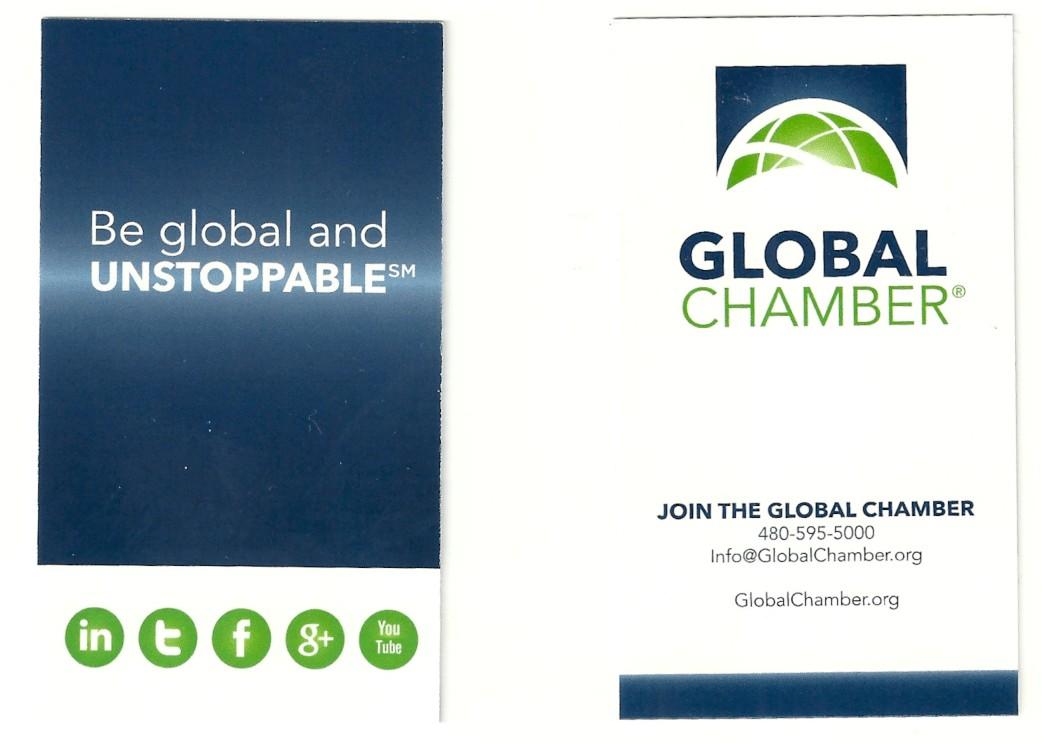
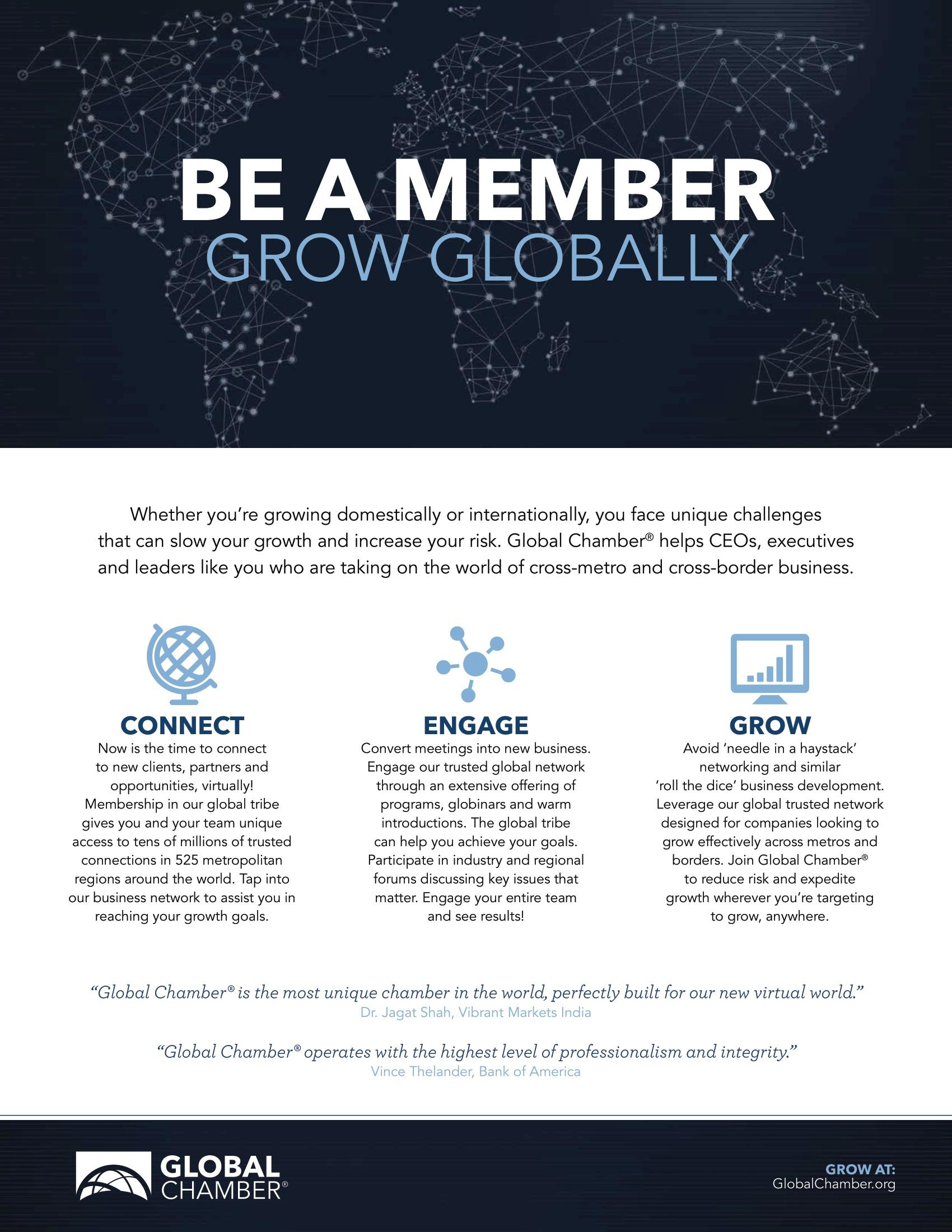
HOW DO WE TAME OUR MINDS ?

“The stresses of modern life has become increasingly pervasive!”

JULIAN STOLLMEYER Psychotherapist
All day we are bombarded with social media, emails, colleagues, work, children, home duties etcetera. We do not have time to spend it in quiet reflection. However, if we practice it at least once a day, we will have a better day. This quiet reflection calls upon awareness, also termed mindfulness. Incorporating mindfulness keeps the brain healthy as it acts as a fitness routine for the brain. In building a muscle to be present and awake in your life, it allows you to notice what happens moment to moment; the favourable and unfavourable, the easy and the difficult, the painful and the joyful.
Mindfulness is being fully present with what we are doing, in contrast to being constantly distracted by intrusive thoughts, unregulated emotions and other unbidden stimuli. When our attention gets hijacked in this way, it can lead to tremendous anxiety, frustration and exhaustion, and an inability to manage our livesinafulfillingway.

Calming the racing mind!
Derailed by fear and worry, mindfulness can help. In centering the mind, one becomes more anchored in the present moment. Mindfulnesstechniqueshelpyoudojustthat. Worries take a back seat as it eventually gets easier by practicing this skill for a few minuteseachday.
The breath has powerful calming effects on the brain and the nervous system. As one becomes anxious, breathing quickens. Intentionally slowing down your breaths helps you gain more control over your mentalstate.Itcanbedoneanywhere.
Mindfulness training is developing the skills to pacify and settle the so-called “monkey mind” which is busy chattering, fretting, and jumping from one distracting thought to another. Mindfulness allows us to focus our attention and direct our mind to doing what wewouldlikeittodo.
This leads over time to developing an inner strength, resilience and genuine self-confidence.
I have seen the growth in many individuals that I have counselled and coupledwiththeabundanceofresearchit never fails to produce effective results, demonstrating the compendium of benefits in the areas of mental health and stressmanagement.
Having been someone who earlier in life struggled with severe anxiety, I have found mindfulness and meditation practices invaluable in finding peace and contentmentinmylife.
Meditation takes deep breathing one step further, by combining it with mental focus. Research finds mindfulness meditation helpful for not only relieving anxiety symptoms, but also for improving our ability to cope with the stressorsthatlifethrowsourway.
Benefits on the Human Body
Behavioral studies suggest that mindfulness meditation provides beneficial effects on a number of cognitive domains, including attention, memory, executive function, and cognitiveflexibility.
The pioneer of scientific research on meditation, Herbert Benson, extolled its benefits on the human body; reduced blood pressure, heart rate, and brain activity, as earlyas1975.
Mindfulness training can take a variety of forms, but it is most frequently associated with meditation practice, and apart from adapting mindfulness to my therapeutic practice I have also been teaching meditation in a variety of settings as both a practical means in managing stress and negative emotions and as a foundation for spiritual growth.
In the Mindfulness-Based Stress Reduction (MBSR) program, mindfulness is stripped of religiousundertones.Inthesecularcontext,
I have given mindfulness meditation classes at UWI, POS Prison, and to the general public through a WhatsApp groupcalledVirtualMeditation.
In the spiritual context I teach mindfulness meditation practices as the coordinator of Bodhicharya Trinidad and Tobago (a local Buddhist community affiliated with Bodhicharya International) with regular Sunday afternoon group meditationsessionsinperson.
For secular and non-secular workshops sessions, information on this or any other meditation related topic, I can be contacted at 783-3791 (mobile or WhatsApp).
Mindfulness training plays a key role in contemporary therapeutic methods such as Mindfulness Based Cognitive Therapy (MBCT), Dialectic Behaviour Therapy (DBT), The Windhorse Model and MBSR,incorporatedintomyservices.
The Windhorse model is particularly effective in working with patients with psychotic disorders or physical disabilities and with the elderly - typically, persons who require more or less round-the-clock care.
I trained for many years with Dr Edward Podvoll, the psychiatrist who developed this model in the 1970s. Most of my experience in the US was as a therapist for individuals with Schizophrenia or Bipolar disorder as part of a team working to re-integrate the client into society with as high a quality of life as possible. These teams operated both in private practice and in the public mental health system in Boulder, Colorado. I also taught a Masters level Psychology course on this method at Naropa University in Colorado. Since returning to Trinidad and Tobago, I have found that there are scarce resources for severely mentally ill patients and their families, and I have sought with some success to adapt the Windhorse model to my work here with the mentally ill and the elderly.

https://vimeo.com/936710430?share=copy
https://bit.ly/3QNYaS9

Discover the Healing Power of Music!

Music Therapy: A Path to Wellness
In a world filled with stress and chaos, the soothing strains of music have an undeniable ability to heal. Music therapy, an innovative and effective form of treatment, harnesses the power of music to promote emotional, physical, and mental well-being. This therapeutic practice is gaining recognition for its wide-ranging benefits, making it a valuable resource for individuals seeking paths to wellness.
The Science Behind Music Therapy
Numerous studies have uncovered the remarkable effects of music on the brain. When you listen to or create music, it activates multiple areas of the brain, including those responsible for memory, emotion, and motor skills. As neurologist Oliver Sacks famously stated, "Music can lift us out of depression or move us to tears…it is a remedy, a tonic, orange juice for the ear."
This activation can:
• Reduce Stress and Anxiety: Music influences the autonomic nervous system, reducing cortisol levels and promoting relaxation (Chanda & Levitin, 2013).
• Enhance Cognitive Function: For individuals with neurological conditions such as dementia, music can trigger memories and improve communication (Clark & Harding, 2012).
• Alleviate Physical Pain: By focusing attention and inducing the release of endorphins, music can act as a natural pain reliever (Garza-Villarreal et al., 2014).
• Boost Mood: Engaging with music can stimulate the production of dopamine, the “feel-good” neurotransmitter (Salimpoor et al., 2011).
Music is more than entertainment; it is a bridge to better health and deeper connection. The transformative power of music can guide us toward a more balanced and harmonious life. As Friedrich Nietzsche aptly put it, "Without music, life would be a mistake." So, put on your Vaughnette Bigford tune, and let the healing begin!
Vaughnette Bigford Renowned
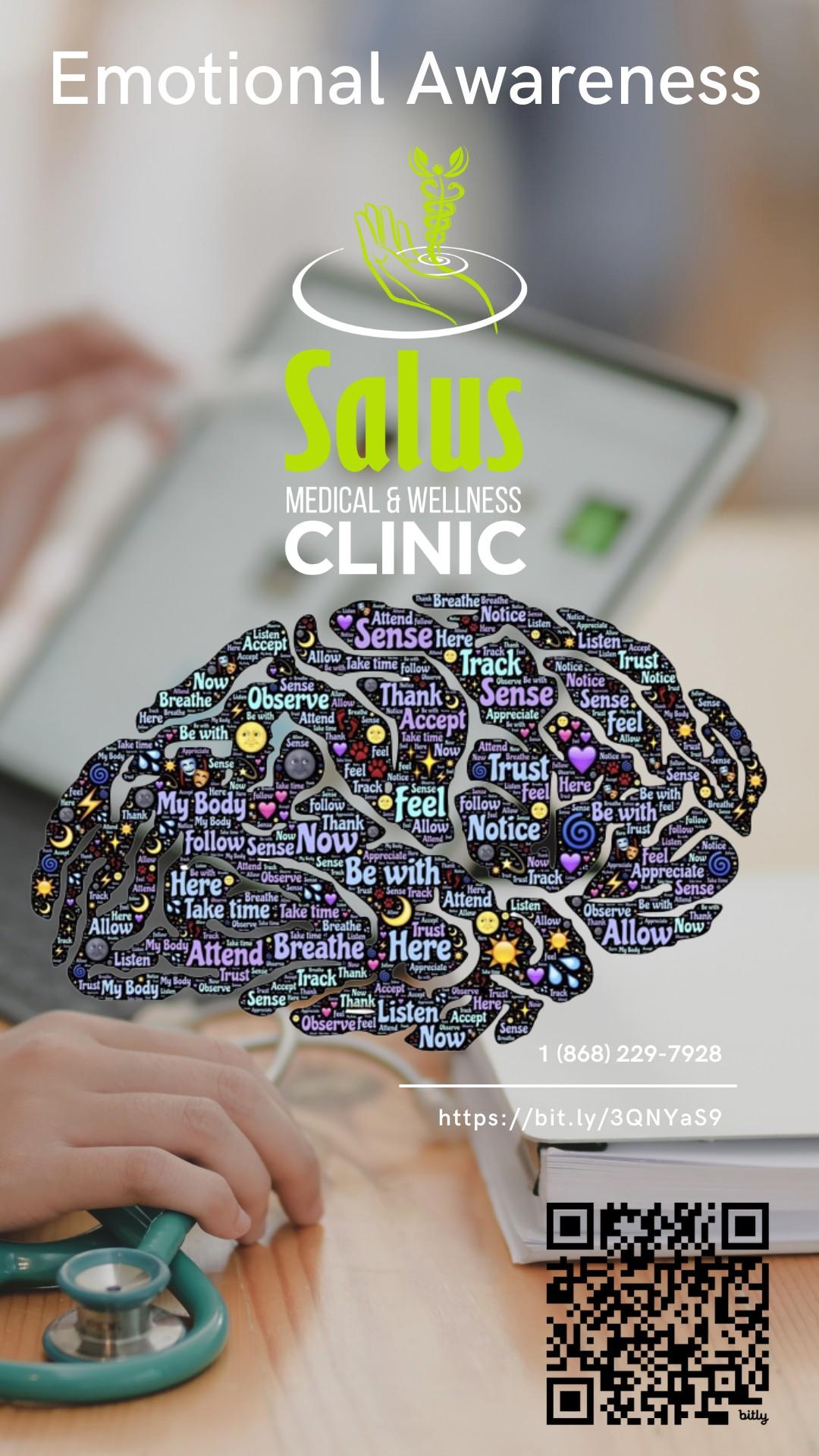
Delaying and Reversing Frailty
By Nicole Allsop
Eucalyptus has just celebrated another year, but no one remembered. He spends most of his time at home and sometimes goes a week without seeing people He rarely talks to anyone, has lost contact with friends and spends most of his time watching television. Eucalyptus misses several meals because he does not have the energy to prepare them. For his birthday he felt very depressed and spent the day in bed hoping it to be his last
Chamomile is in frequent touch with friends and family who surprised her with a birthday celebration. She walks with neighbours regularly, is a member of a 55+ social club taking part in
exercise classes, nutrition workshops and social nights.
In the abovementioned, we see circumstances that are experienced by many. Nevertheless, a greater percentage of persons have similar experiences like in the first scenario If Eucalyptus or Chamomile were to experience a fall or pneumonia, who do you think would likely get help? Chamomile would most likely get a ride to the doctor or a visit in the hospital. Several people will also check in on her and arrange assistance while she recovers Eucalyptus, however, would be unlikely to get much help and more likely than Chamomile to
fare poorly if his health became challenged. Eucalyptus has progressed to frailty and in the following aspects: nutritionally frail, physically frail, psychologically frail and socially frail. Frailty can have multifaceted contributors, including physical, psychological, social and environmental elements. It increases the risks of illness, falls, dependency, disability, and death. Frailty increases with age and affects both the brain and the body leaving one vulnerable, both immediately and in the future.
Older people who are frail can have difficulty coping with minor illnesses and events,
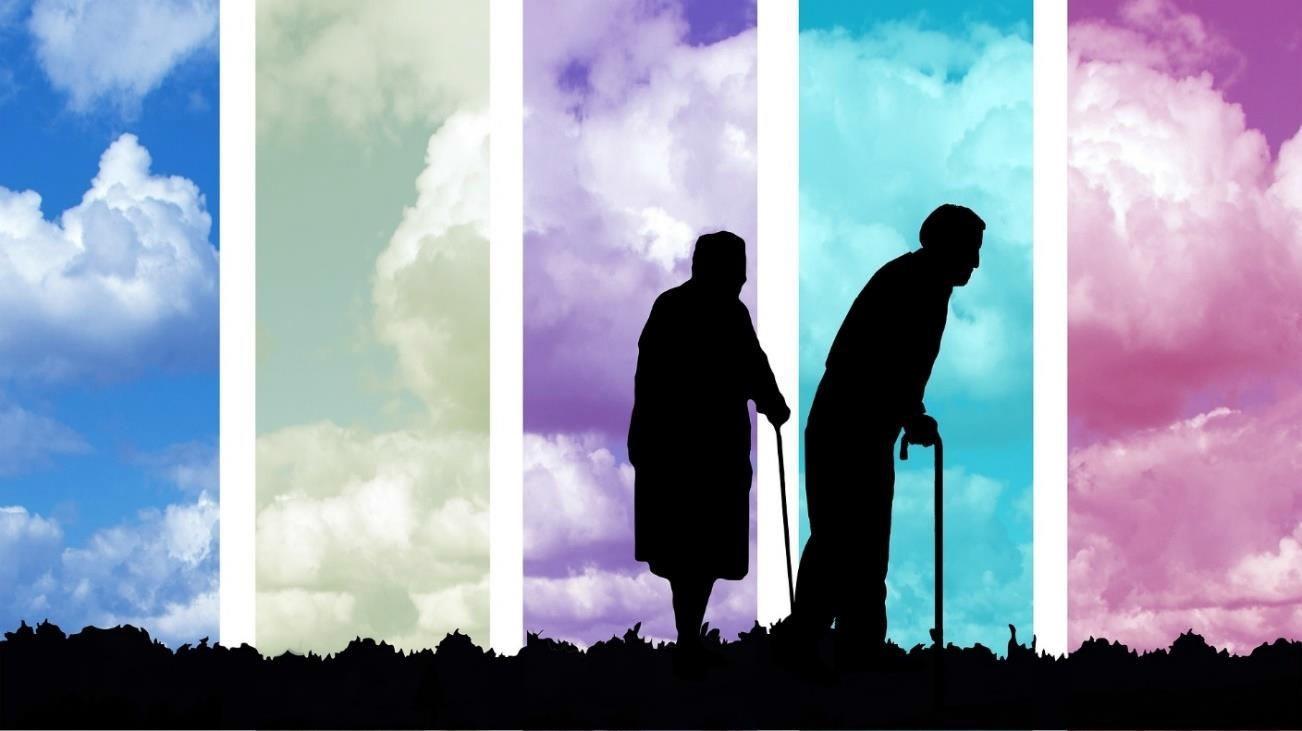
Photo by Pixabay
such as infections and constipation, and they can be more susceptible to side effects from certain medications There are those who live healthy and active lifestyles, while others grow weaker, move slower and become less active over time.
Nutrition risk and malnutrition are prevalent in older adults and contribute to the onset of frailty They lead to difficulty with everyday tasks, higher risk for falls and fractures, weight loss and functional impairment or need for institutionalised care or hospitalisations
Nutrition intake is associated with several frailty criteria, including low muscle strength, feelings of exhaustion, reduced physical activity and slow walking speed. Frailty, in turn, can reduce nutrition intake and have negative consequences for nutritional status. Tackling nutritional risk factors offers an opportunity in primary prevention of undernutrition, malnutrition and physical
frailty. People who are physically frail have less physiological strength and a reduced biological ability to bounce back from illness or injury. There is loss of strength and endurance, exhaustion and reduced physical capacity. Selfneglect has also been linked to physical function, reduced nutritional intake and poor social support (social frailty).
“Frailty can have multifaceted contributors.”
Nutritional, physical frailty and reduced function can certainly be accelerated by social frailty. The prevalence of social frailty among older adults is high.
Social isolation and loneliness are contributors to developing frailty and reduced quality of life Increased social support is associated with lower frailty. Socially frail older adults have a higher possibility of not eating three full meals a day which increases the risk of malnutrition.
Timely preventative action would prevent frailty and progression/deterioration. Recognising frailty early allows for enhanced care
The prevention, delay or amelioration of frailty should remain a top priority Both pre-frail and frail seniors should get Registered Dietitian led nutritional guidance, perform various exercise activities that includes aerobic, resistance, balance, and flexibility activities, and be socially active.
Frailty
ProaCtive Care

Photo by Presentermedia.com
Diet is Just A Four Letter Word
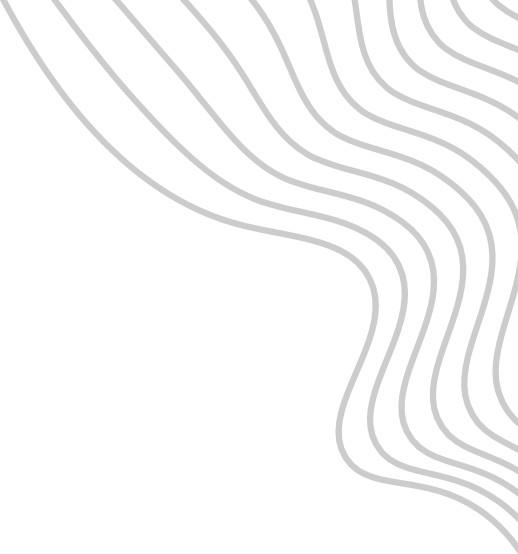
Which one is best for me? Eat or not to!
"How not to diet, how to diet? I am just so confused!”
‘I am so hungry, I am eating the way they say, but I cannot stand it. I am sleepy, I am tired, I do not have any energy. One say to eat this, but not that. The other says to eat that, but not this… oh, it is all so confusing. Everyone, everything is contradicting, which one is best for me? Eat or not to eat?’
These are the cries of so many and the widely publicised information platforms do not ease the pains. There are so much confusion! Being overwhelmed with new diets, cookbooks and celebrity cooks, with the sheer value and diversity of which information, fads, guidelines and warnings, one must work hard to navigate. In such a landscape, one diet book can counter another; whole grains or not, paleo or not, vegan or somewhere in between, food pyramids, calorie counters and cleverly written labels.
Diet is the foundation of lifelong health, and it is simply what is consumed. There are short term or therapeutic diets and there is the daily sustainable diets.
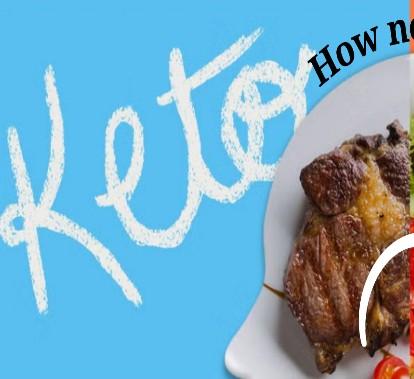
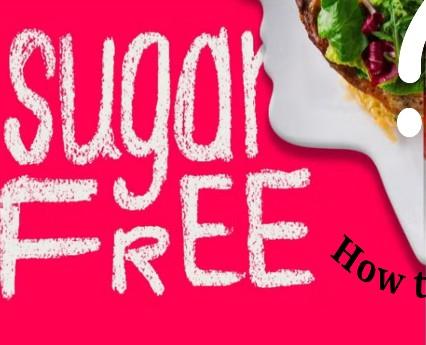
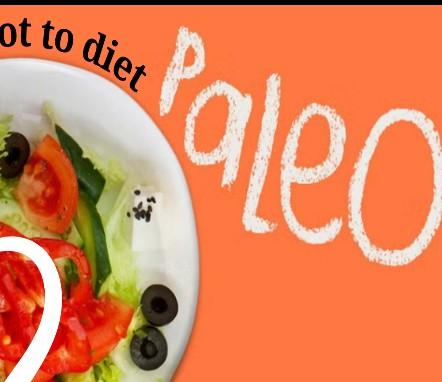
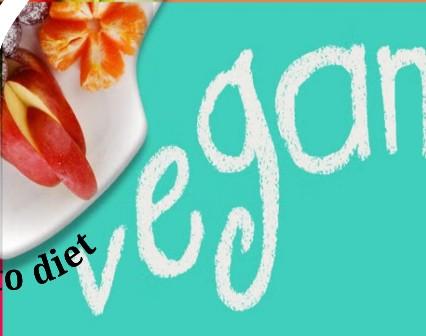

Make or Break!
Diets can make or break you and the body’s needs can determine the diet that is best at one point in time. Thus, achieving healthy life habits for oneself and future generations are paramount. Many therapeutic diets have become daily diets, as well as there are diets, out of a social stance or affiliation that has become part of this medley!
Today’s food, despite ubiquitous availability and variety, is not the food of our forebearers and vigilance is increasingly important as you choose, prepare and eat nutritiously across a lifetime from infancy to vital old age. Food should not place a burden on the stomach, for we do not live on what we eat and digest, but solely on what is entirely assimilated by the body.
Stop to consider your daily food and what enters your stomach. Is your body absorbing what you consume?
A good diet begins with breakfast, practiced from early childhood, with sufficient and wholesome food in the morning. An ideal diet is properly combined to supply the needs of the body for tissue building and fuel, to be fully sufficient to keep us in health and strength under the most trying circumstances.
What we take into our stomachs either nourishes and gives us strength and health or poisons and produce disease.
The most important determinant of diet are the needs of the body, whether it is in balance or not. One should be careful when choosing diets that in solving one issue or issues, others do not arise. This tend to present itself in deficiencies that later manifest itself into chronic ailments. Whatever “diet” is chosen, make sure it is the right one for your body at the present time… as health is not stagnant!
Precision Nutrition helps with determining the body’s needs at the point in time, addressing present imbalances/ ailments.
Once the body’s needs are met, we are better able to withstand daily stressors, ward off diseases, gain sustained motivation to do the things we must do, while the things we love to do comes easier. Diet is just a four-letter word for what you put into your body. It should provide for the body’s needs in all aspects!
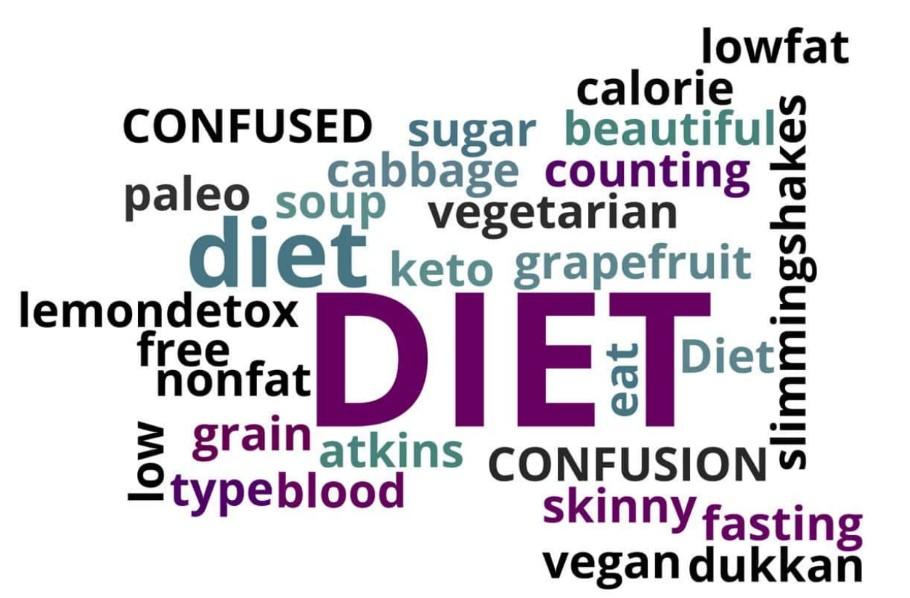
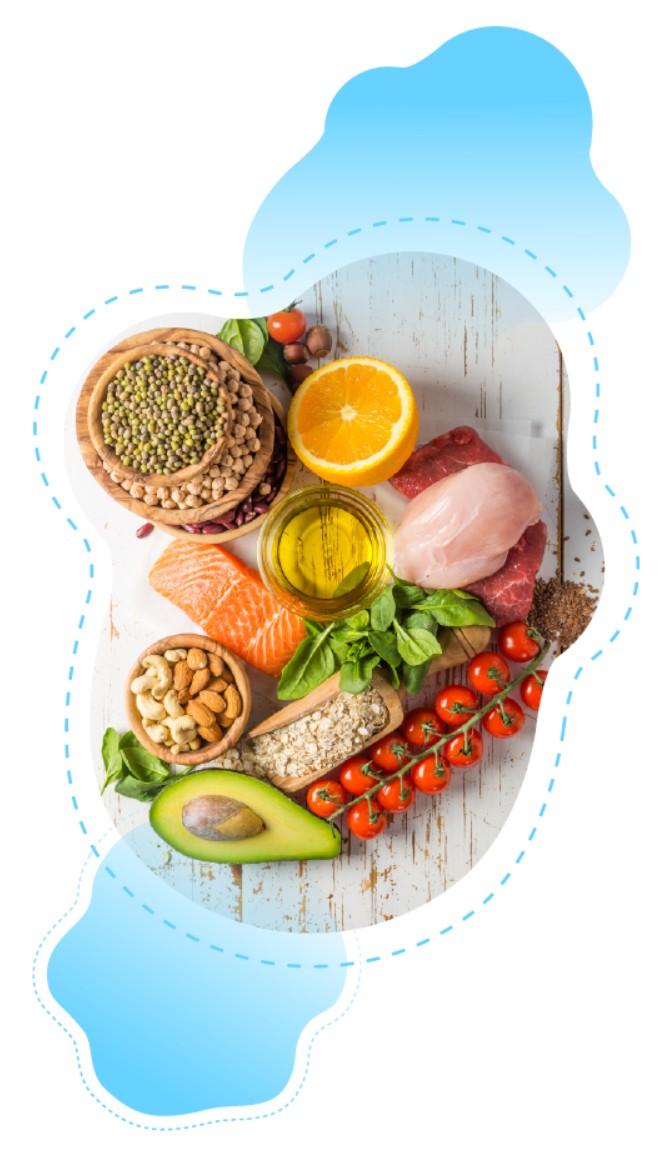
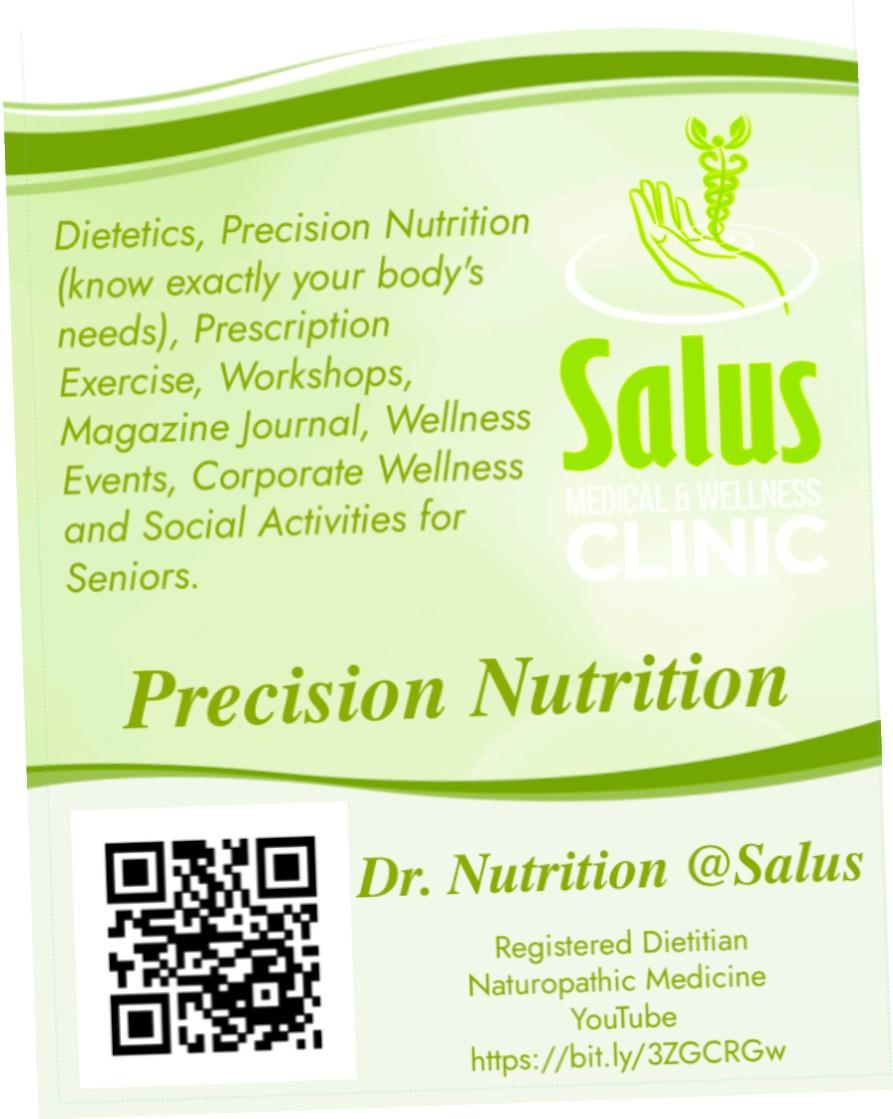
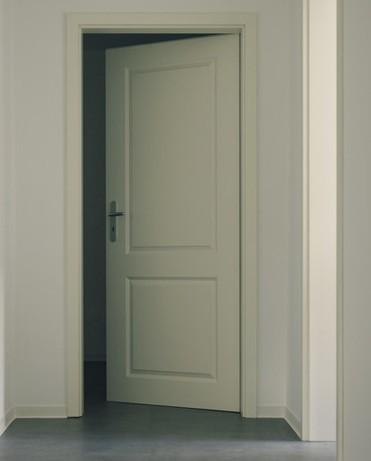
By Nicole Allsop
Our Homes makes us sick!
Daily routines and nuances influence the substances used in our homes. Whether consciously or not products are purchased without being aware of their impact on our health and environs. It is good to know about the possibilities to limit or avoid the impact.
Nowadays, there are many alternatives to the products we use. The ingredients used in them can be good or harmful to our health. It is best to research well what is used and find the most suitable. The following categories share what can happen when used.
Solvents are widely used in the manufacture of building materials or the manufacture of furniture; cupboard shelves, kitchen furniture, floor surfaces, around sinks and bathtubs, ceilings. Concentrations can irritate the eyes and mucous membranes, causing conjunctivitis, headaches and difficult breathing accompanied by pain in the throat. The neurophysiological effects are; concentration disorders and depression.
Perfumes - We all are guilty of using different products that spread a pleasant smell in the house. However, these have harmful effects on health. Even very strongly diluted can cause allergic reactions and various health problems.
Conventional cosmetics where most of the ingredients derived from petrochemicals causes adverse effects, hormonal disturbances; negative effects on thyroid hormones, allergy triggers, irritants, promotion of inflammation reactions and damage to the system.
Pesticides – Degrades much more slowly indoors than outdoors. They permeate the floors, carpets, furniture and the like. They come from direct use (insecticides) or emerge from materials introduced into our habitat, example, treated furniture, wood, leather or bought by the outside air and nearby farms.
Numerous studies have shown the carcinogenic effects, neurotoxic and mutagenic effects of pesticides.
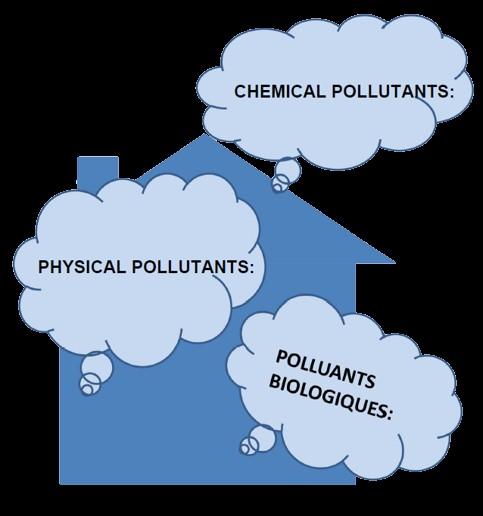

Prevention is better
than cure!
Biological pollutants such as moulds, mites, plants, pets; Physical pollutants including electromagnetic hypersensitivity and non- specific symptoms. Whatever the type of electromagnetic field, some people complain of non-specific symptoms such as physical or muscular asthenia or even muscular pain, loss of memory, abnormal irritability, sleep disturbances, headaches, dizziness, sickness. Carbon monoxide from cars for example, reduces the capacity of the blood to carry oxygen, decreases respiratory capacity and too much can even be fatal. It is the silent killer being odourless and colourless. Further, the infamous tobacco smoke provokes cancer.

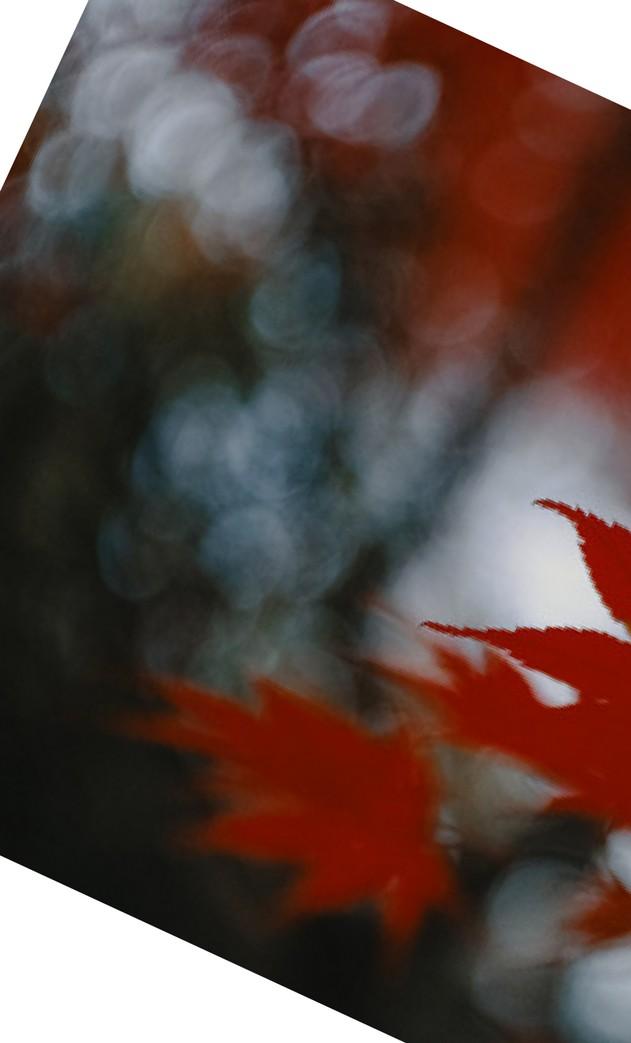


Clothing
Flame retardants


Clothing fibers are subjected to bleaching processes. Dyeing or printing of fabrics, finishes applied to fabrics, anti-wrinkle, shrink resistance, infusion of water repellent treatments, flame retardants, antibacterial agents, antifungal primers all carry health risks. They tend to act as a endocrine disruptors, capable of mimicking or modifying the action of a hormone and disrupting the normalfunctioningofanorganism. Flame retardants causes with its endocrinedisruptions,damagesthe brain and causes infertility problems. Lead and other toxic metalssuchaschromium and nickel have also been found. Heavy metals make clothes shine and dye them effectively. Wearing unhealthy clothes and tight shoes also contribute to ill-health. Awareness of environmental sustainability has permeated the modern fashion industry as eco-fashion, with various brands starting to produce eco-friendly fashion products.
By Nicole Allsop
BODY TOXINS It is Scary, but Beware!
As the body needs daily nourishment, it also needs daily evacuation. The main routes of entry of toxic substances are respiratory(inhalations),dermal(throughthe skin), trophic (food), mother-fetus transmission,injectionsandtransplantation.
Lorem ipsum dolor sit amet, consectetur adipiscing elit. Nam commodo molestie lectus, vel dapibus leo fermentum non. Praesent turpisex,lobortisat quam sitamet, pretiumaliquamdolor.
Lorem ipsum dolor sit amet, consectetur adipiscing elit. Nam commodo molestie lectus, vel dapibus leo fermentum non. Praesent turpisex,lobortisat quam sitamet, pretiumaliquamdolor.


Lorem ipsum dolor sit amet, consectetur adipiscing elit. Nam commodo molestie lectus, vel dapibus leo fermentum non. Praesent turpisex,lobortisat quam sitamet, pretiumaliquamdolor.
Lorem ipsum dolor sit amet, consectetur adipiscing elit. Nam commodo molestie lectus, vel dapibus leo fermentum non. Praesent turpisex,lobortisat quam sitamet, pretiumaliquamdolor.
Lorem ipsum dolor sit amet, consectetur adipiscing elit. Nam commodo molestie lectus, vel dapibus leo fermentum non. Praesent turpisex,lobortisat quam sitamet, pretiumaliquamdolor.
Where do toxins come from?
The era of horses and carriages ended with the appearance of engine-based cars. At the end of the 1800s, cars began to replace those precursor means of transportation bit by bit. And by the early 1900s, thanks to Henry Ford, cars started to flourish. This led to anothernewproblemforstorage.
And the what-so-called garages slowly emerged. In fact, the initial term for the garage appeared in the English dictionary in 1902. It was originally derived from the French term “garer,” which means shelter or cover.
There were some reasons why the earliest cars required shelters. First, because of the car design, they were open or physically designed without roofs. Second, early cars were extremely pricey, thereby the automobile owners didn’t want their cars to get drenched in a rainstorm or packed with snow,forexample.
Due to those circumstances, many car owners kept them in barns or other existingbuildings.
Since many urban areas were lack of those types of structures, it let large, private garages emerge. As a result, the owners had to pay a monthly fee as a charge.
Still, people did not consider those private garages as a perfect car storage solution. There was a prominent weakness.As an instance,the carowners found it a nuisance to get their cars in a private garage since they had to walk or find other transportation to get there in thefirstplace.
And the time for personal garages began to come into existence due to those limitations shown by fee-based, private garages.

Agriculture, HEALTH & WELLNESS


r e n d i n g
The culture of Agriculture have become one where pesticides are abused. This affects the farmer; [if he is not eating what he is selling, he is inhaling and
absorbing through his pores], those who eat the produce and of course the price of food. These practices makes everyone terribly ill. The small intakes accumulate causing major problems as time passes and as we age. Major health benefits will be derived from adopting farming methods and practices that promote wellness, human nutrient and food security that contributes to the ecological balance and sustainability, otherwise a downward spiral is imminent.
ABUSE
Manysyntheticpoisonshaveastayingpowerthatdisablesorkillsinsectsor animalslongafterspraying.Theabilityofapersistentchemicaltotravel higher in the food chain, increasing its concentration and spreading its lethal effect, is called biological magnification. Humans, birds, animals, insects,andfuturegenerationsbeartracesofDDTthatwassprayedinthe 1940sand'50s.Thisistheunforgivable,tragicaspectofsomechemical insecticides/pesticides.Perhapsashiftfromagriculturewhichhascometo beaslash,burnandchemicalpumpsystemskyrocketingimportbills…to gardening with delicate thought to natural farming processes and plant prescriptions ultimately producing natural highly dense foods towards nutrient and food security. Designing and Maintaining Your Edible LandscapeNaturally,byRobertKourik..

The case for Chemical free!
Chemical farming equates to high medical bills and lower standard of life, whilst natural farming equates to little or no medical bills and a higher quality of life. The use of chemicals negatively impacts the plants, soils, the atmosphere and us. Just like our bodies, there is a natural system that occurs in the soil that contributes to ecological balance and the balance of nutrients in plant foods.
When chemicals are used, the entire system is disrupted and there is a domino effect of poorly nutrient dense foods for consumption. There is a reason for beneficial insects and when chemicals are used, they become extinct. Once the soils are disrupted, the plants become nutrient deficient and so would we regardless of how much of the same, originating from the same practices, we eat. This applies to all regardless of status, gender, waist size or country once the equivalent practices are used.
Animals, plants and humans require mineral elements for healthygrowthanddevelopment. If theformeraredeficient, sowouldbetheindividualsthatareconsumingthem.
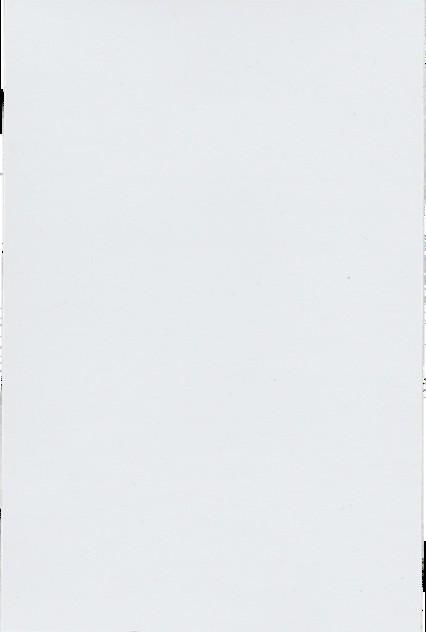




Nutritional security is not food security and vice versa. In fact, you can have food but still be malnourished, undernourished, underweight or overweight. Individual nutritional status, nutritional value and essential nutrients are the driving forces here.
An ideal future crop for human health should be rich in essential mineral elements but with less toxic elements in the edible parts. Mineral elements in the soil and/or fertilisers applied to soil are finally transferred to the edible parts for human consumption.
According to the trophobiosis theory as it relates to agriculture, it is nutrient deficiencies and imbalances that lead to pest and disease outbreaks, and that synthetic pesticides and fertilisers can cause such deficiencies and imbalances. Soils enhance human health, from food production and nutrient supply to the supply of medications andenhancementoftheimmunesystem.
The deleterious health problems caused by toxicants can cause acute and chronic diseases in the human body, such as lung cancer, renal dysfunction, osteoporosis, hormonal disturbances, hypersensitivity, asthma, seizures (epilepsy), headache, cardiac failure etcetera. The accumulation of these metals causes detrimental damage to various body systems, such as nervous, skeletal, endocrine, immune, circulatory both heavy metals and pesticides starts from their various sources, accumulation in soil and plant, and then reaching human beings. What is good for plants should be good for human consumption.
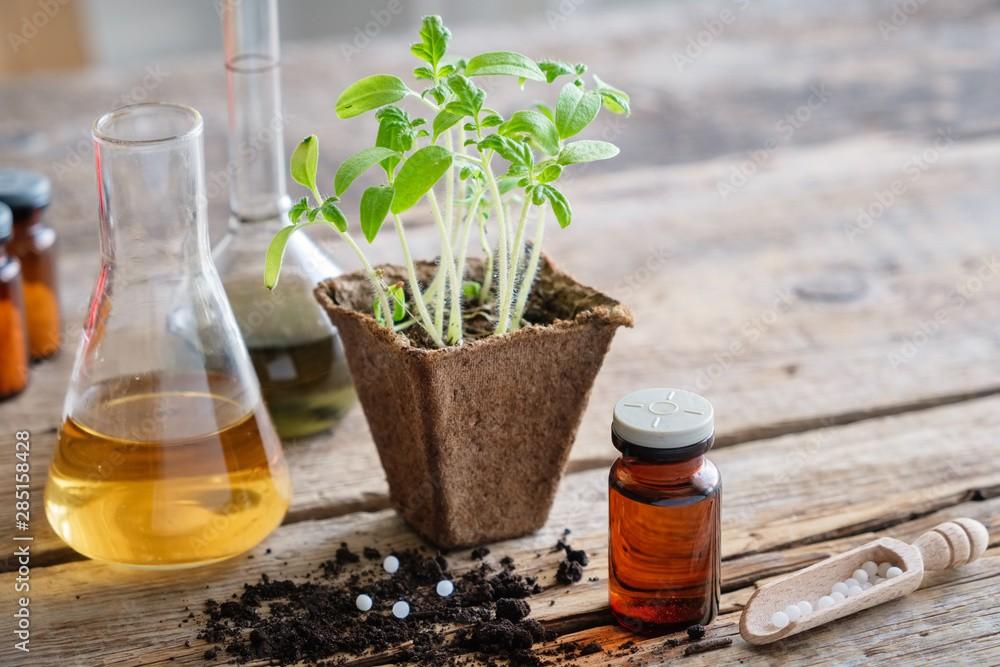
Agro-Homeopathy
Despite the inherent implausibility of these concepts and the general incompatibility of homeopathic theory with established principles of physiology, chemistry, pharmacology, and other modern disciplines in medical science, there has been a lot of preclinical and clinical research on homeopathic remedies and treatments.
"Modern agriculture must meet the changing needs of society both in terms of food quality and with regards to the environmental issues related to primary production (e.g., biodiversity, habitats, the quality of water and air, and climate change). In this context, win-win solutions at the farm level are required, with more sustainable food production, as well as, a reduction in air, water, and soil pollution, and loss of biodiversity and natural resources.
To address these issues, a new emerging discipline called “systemic agro-homeopathy” is currently being developed. This approach considers plants and their interactions with the environment as a unified agroecosystem, called the “holon” and it is based on the use of substances at ultrahigh dilutions that are safe for farmers and have no ecological side effects. This report describes the principles and the application of this approach.”
https://www.researchgate.net/publication/3533 39636_systemic_agro-homeopathy_a_new_approa ch_to_agriculture
Exploring AgroHomeopathy
In a Nutshell!
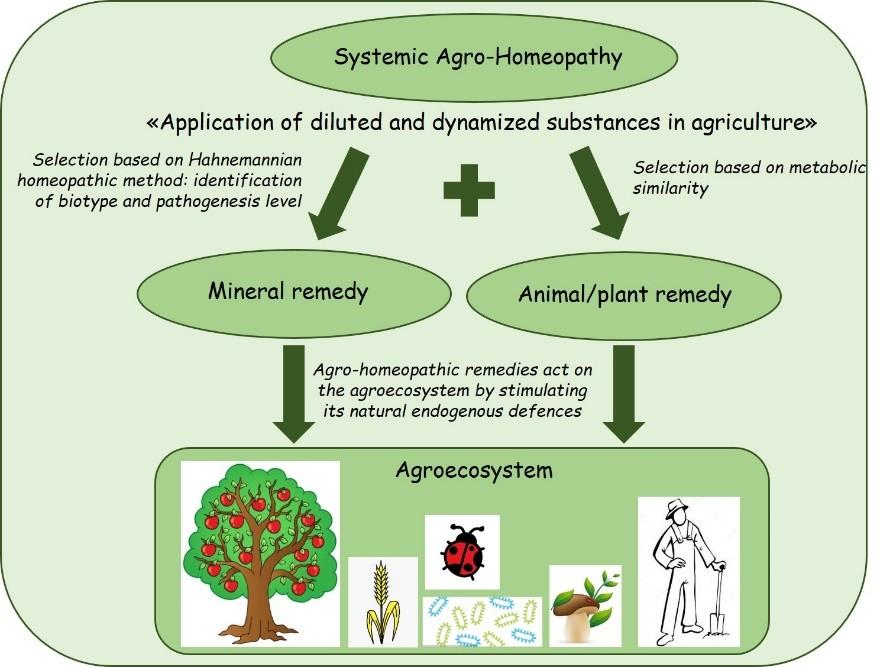
https://www.researchgate.net/publication/353339636_Systemic_Agro-Homeopa thy_A_New_Approach_to_Agriculture
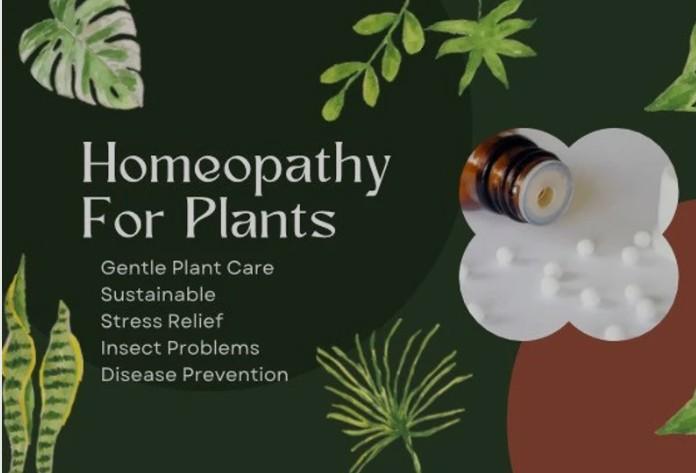
Are You?
Let us Ponder on the World Bank’s Quote:




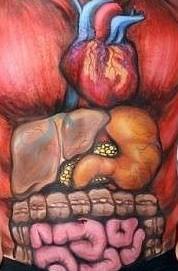

NutritionandAgriculture:BridgingtheGap
“The genesis of agricultural development was to provide food “adequate for the health and strength of all people. Agriculture and nutrition share a common entry point: “food.” Food is a key outcome of agricultural activities, and, in turn, is a key input into good nutrition. Without agriculture there is little food or nutrition, but availability of food from agriculture doesn’t ensure good nutrition. Common sense would dictate a reinforcing relationship between the two fields of agriculture and nutrition but, in fact, there is often a significant disconnect.” Our intent should be a lifestyle that grows increasingly self-reliant while increasingly benefiting the Earth and our Body. There are many negative effects of harmful chemicals on humans, animals, insects and plants, as well as the high costs of purchasing and maintaining its use. Importation of chemicals are not sustainable!

There is a major difference between the quantity of food
reached a status where we have the potential to feed the necessarily achieving food security. There are a few issues
nutrient poor crops and other edible products, excessive food loss and wastage and poor storage methods after post-harvest operations. Reducing food loss and wastage can help solve issues of food insecurity. Post-harvest losses on crop operations can range from 20-40%. Food loss is very different from food wastage, where wastage is
“Agriculture is the path to achieving health and wellbeing!”
when the consumer interacts with edible food, while losses occur before the consumer enters the value chain, hence operations like post-harvest, processing, packaging, adequate storage and transport have much to do with losses. Responsible consumption and production, is important as it can contribute positively to better health and well-being. Applying the principles of sustainable and circular integrated farming systems, regenerative agriculture techniques and strengthening the green supply chain with the Triple Bottom Line model can help achieve these goal. The strategy is to improve on the resilience of the local food supply chain and its relationship with the ‘One Health' concept. As we continue to try to produce enough food of a safe and high quality, the goal should be to secure healthier lifestyles’ and improve well-being for all ages. Attaining this objective will have multifunctional positive impacts, as such connecting the food supply chains to dietary and nutritional requirements for all physiological states, while maintaining the true concept of “One Health”.

Riyadh Mohammed
How can Agriculture help us?
Firstly, there must be constant collaborations and communication between the different stakeholders from the policy makers, to the food producers, marketers, Dietitian nutritionists, medical experts, chefs, consumers and Environmentalists. This should be done to remind individuals of the ‘One Health’ concept and that we must all develop while protect the planet, people and profits simultaneously. Special recommendations to achieve the ultimate goal of health and wellbeing should include;
1) Investing in local agriculture systems and using the available resources- for example a “Neo tropical agriculture production system” made up of several food production models.
2) The continuous educational awareness programs that links food to cuisine and health should be made mandatory and for all levels of the public to understand.
3) To pass on history and traditions, as well as document this information as these social exercises has much local historical value.
4) Creating a relevant short list of incentives and subsidies to empower small scale farmers to produce more nutritious food in a safe way.
5) To developing organisations that facilitate in grant and loan acquisition to start and grow safe agricultural operations.
6) To develop training programs to educate farmers and other stakeholders on how to reduce the food loss and wastage volumes, and how to utilise this unwanted output and turn it into a valuable input and
7) Creating awareness of the benefits of consuming safe and nutritious food responsibly, and how that individual can enjoy a healthier life and value this achievement.
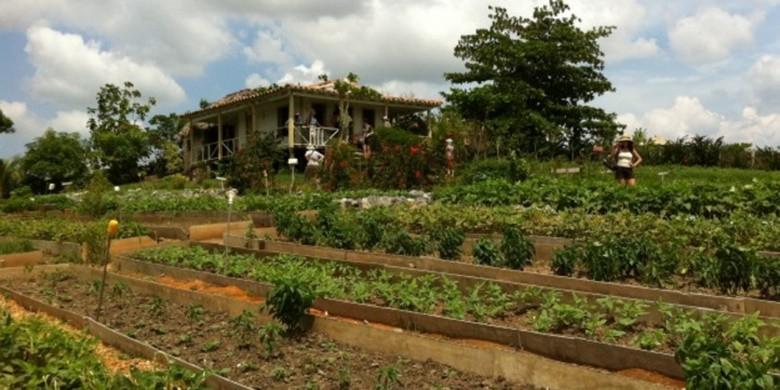

Riyadh Mohammed (MPhil Candidate, MBA, MSc., BSc., Dip.)
Contact: (868 307 5444) (riyadhmohammed07@gmail.com)
Business: Tropical Agriculture Consultancy Services
https://www.facebook.com/foodforus
https://www.instagram.com/agriculture_consultancy/
https://www.tropicalagricultureconsultancytt.com/
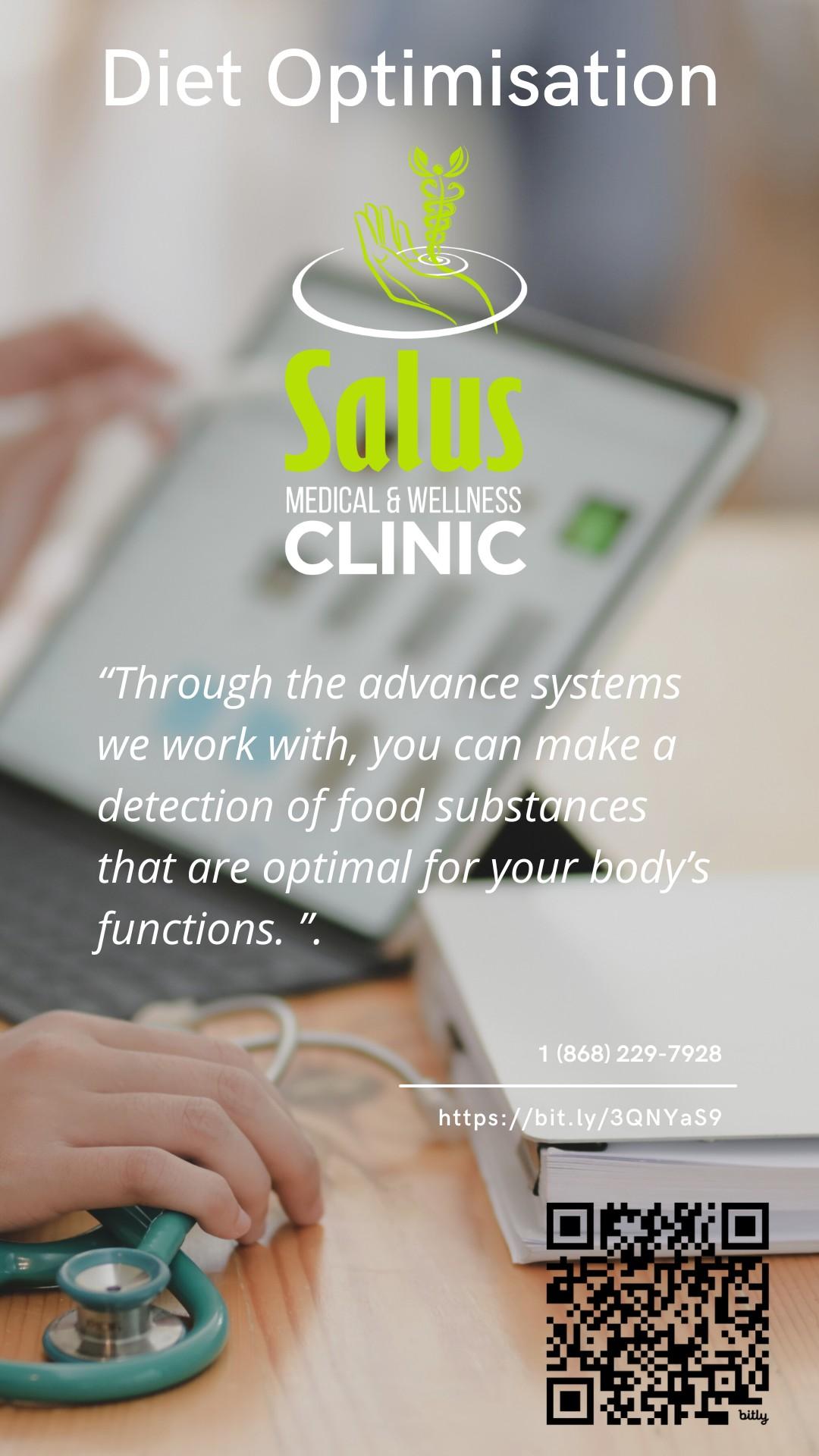
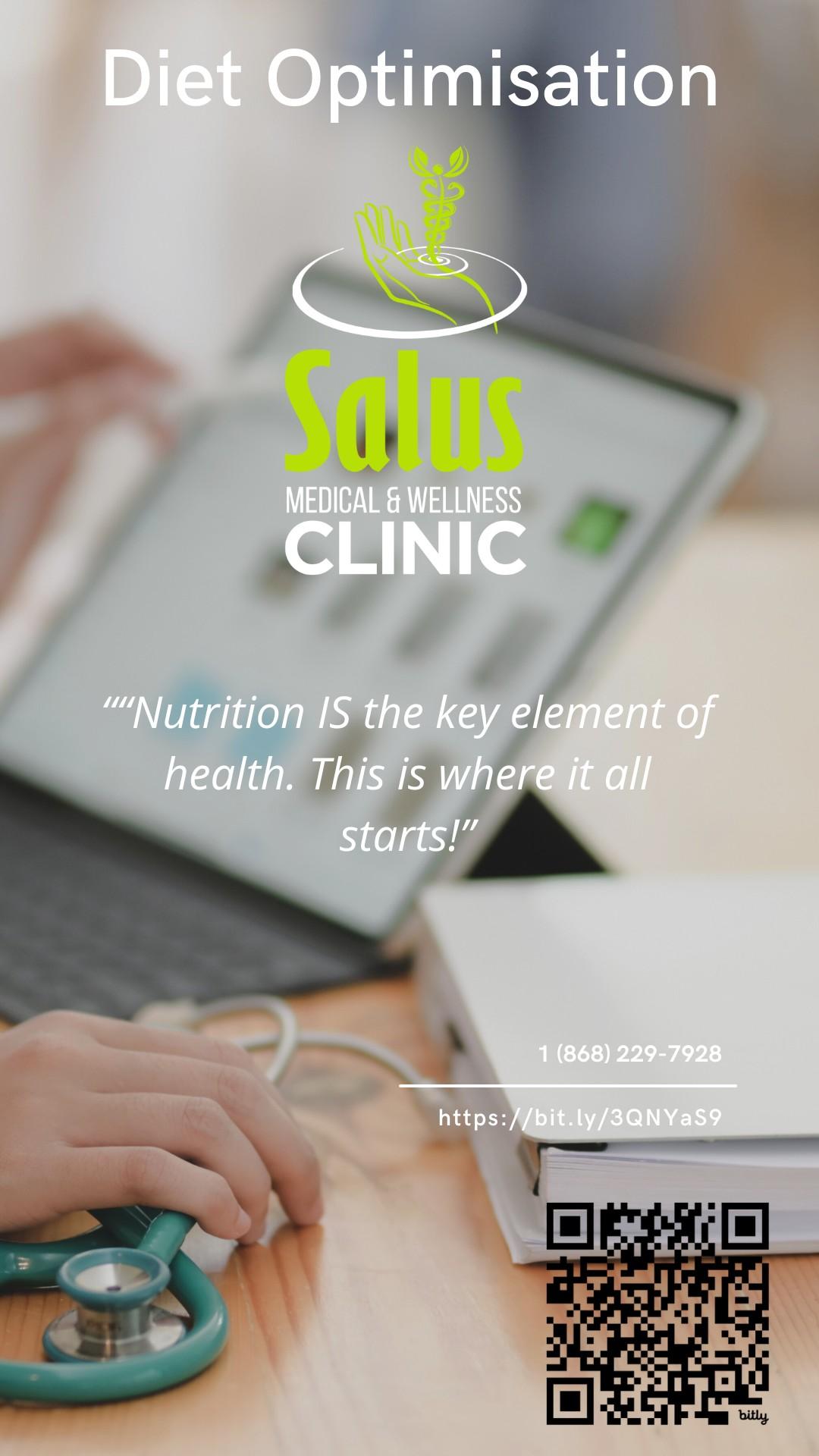


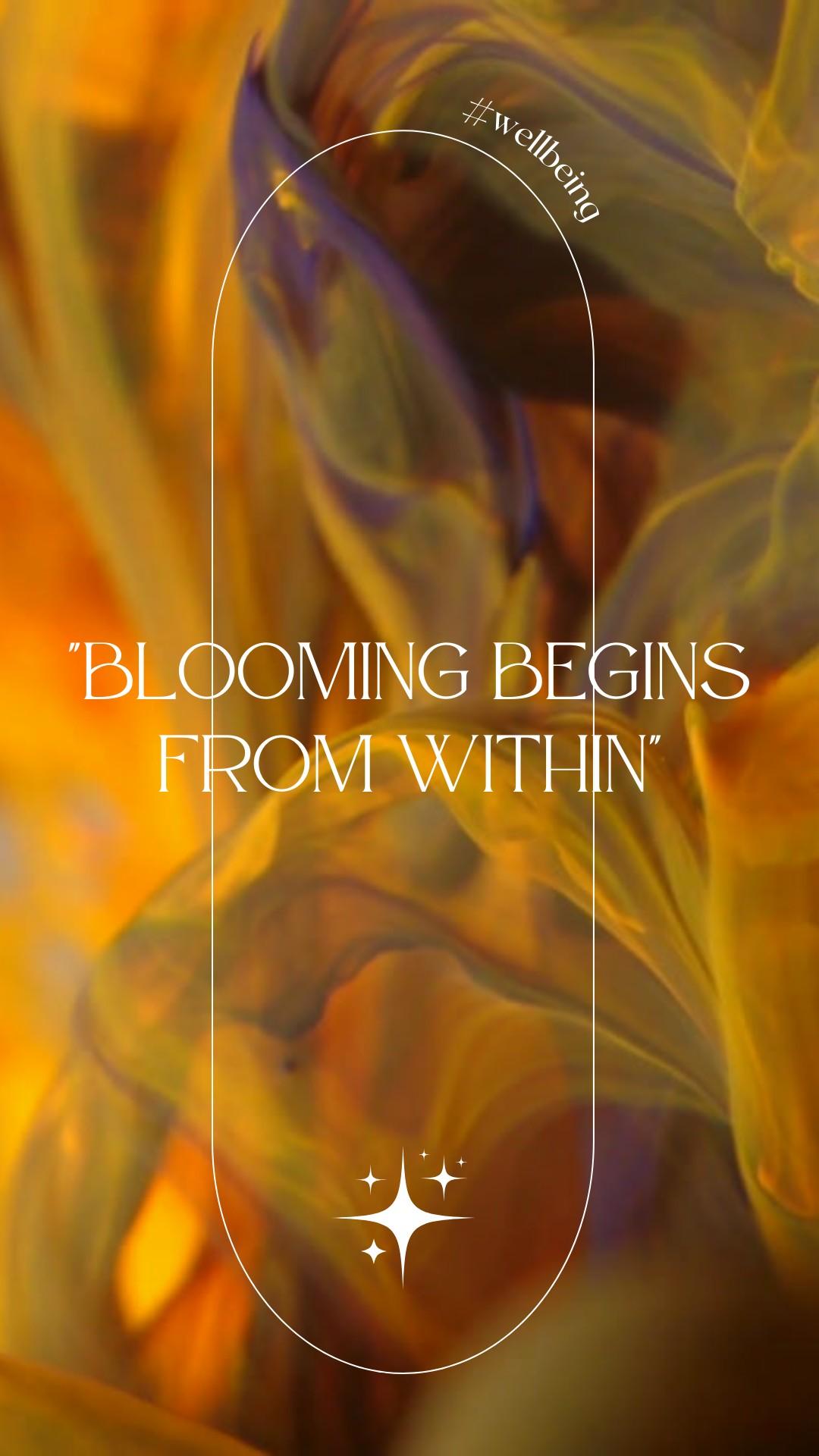

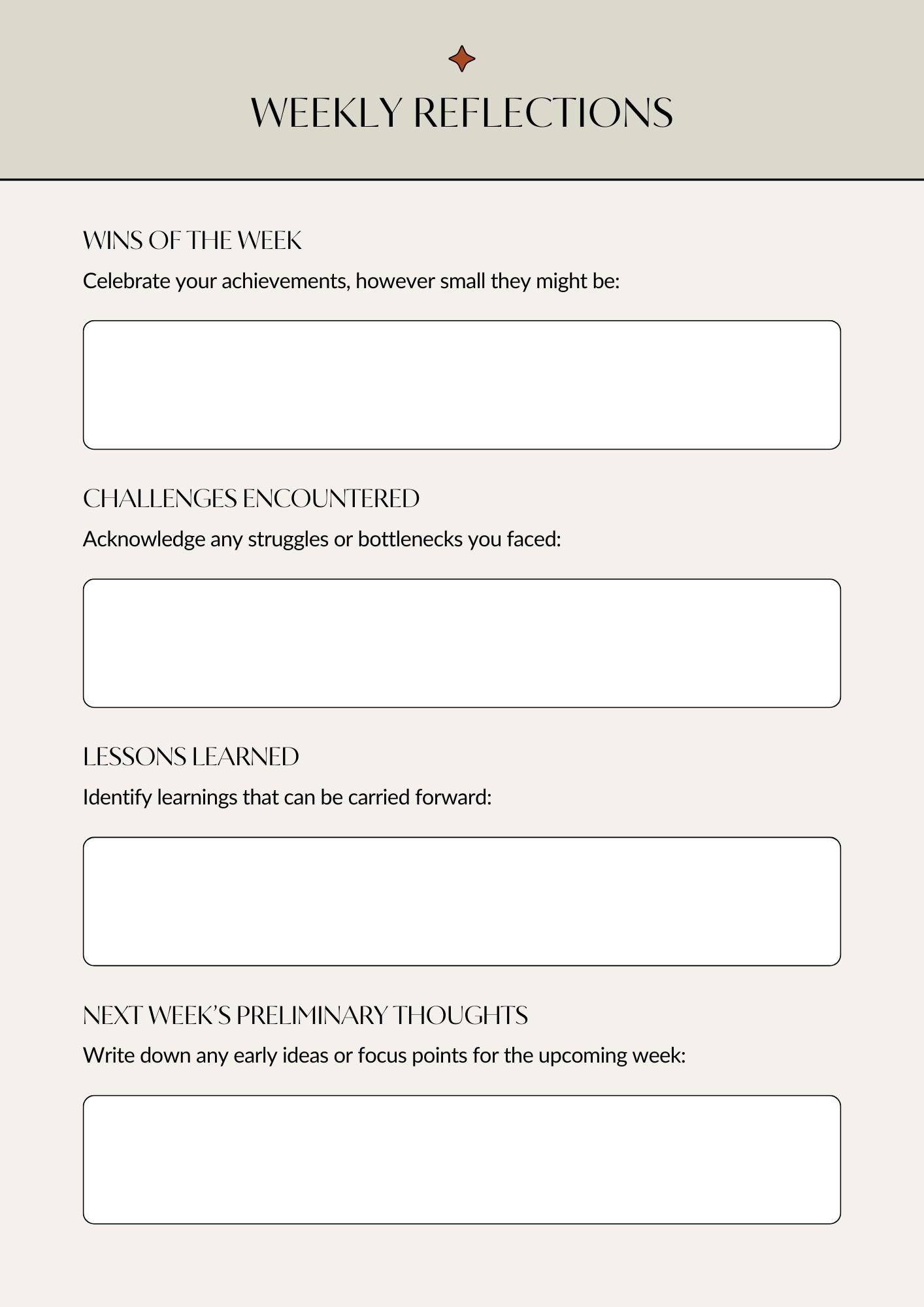
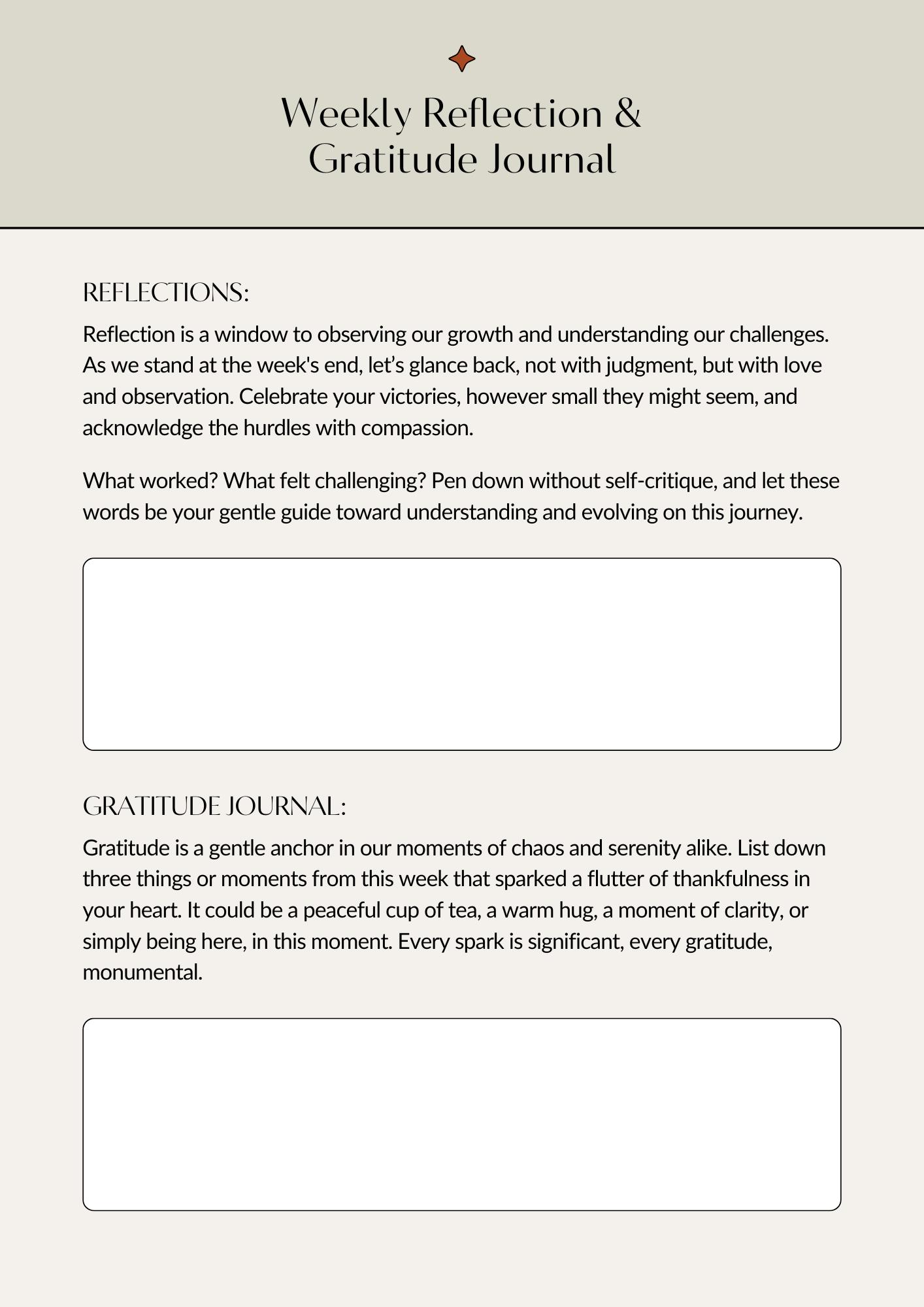
DATE: MONTH: YEAR:

Self-Care Planner
THINGS THAT MADE ME HAPPY TODAY

SELF-CARE ACTIVITIES
WATER INTAKE

DAILY NUTRITION
TODAY'S MOOD
Breakfast
Lunch
Dinner
Snacks

HABITS TO START
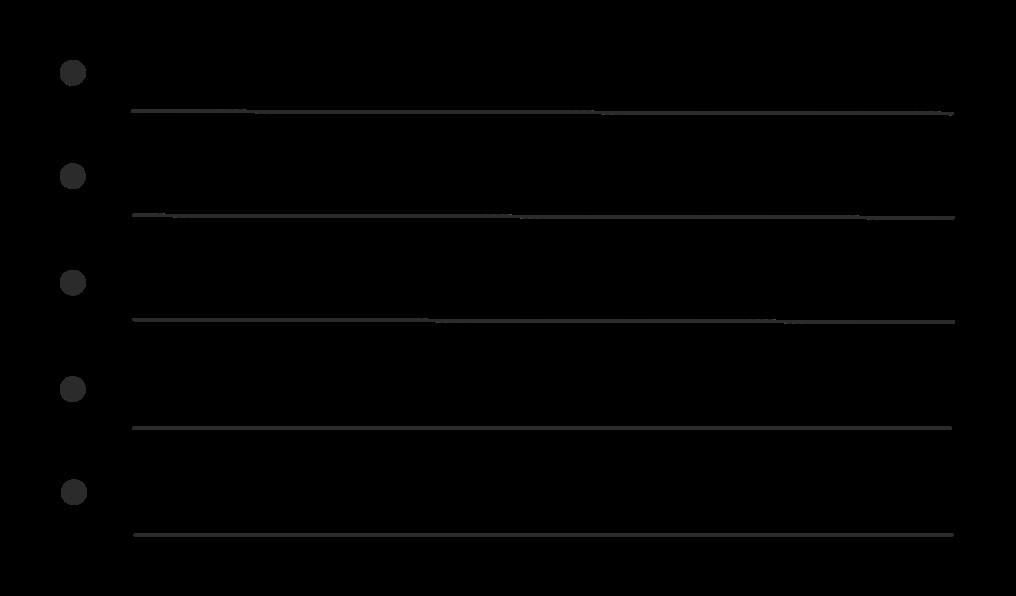
HABITS TO STOP

